How Many National Parks are There?
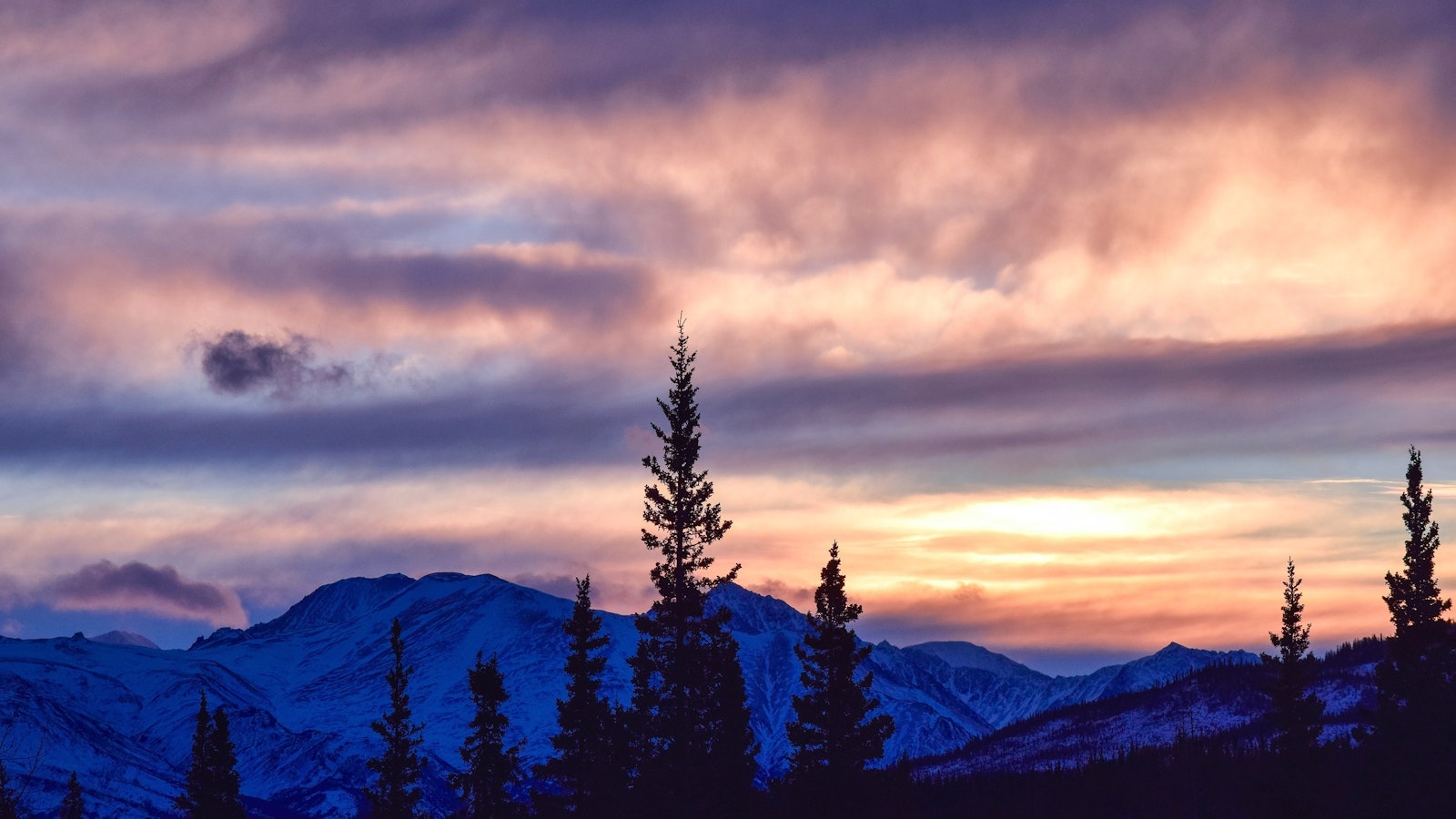
.
.
The National Park System encompasses 429 national park sites in the United States. They span across more than 84 million acres, with parks in each state and extending into the territories, including parks in Puerto Rico, the Virgin Islands, American Samoa, and Guam.
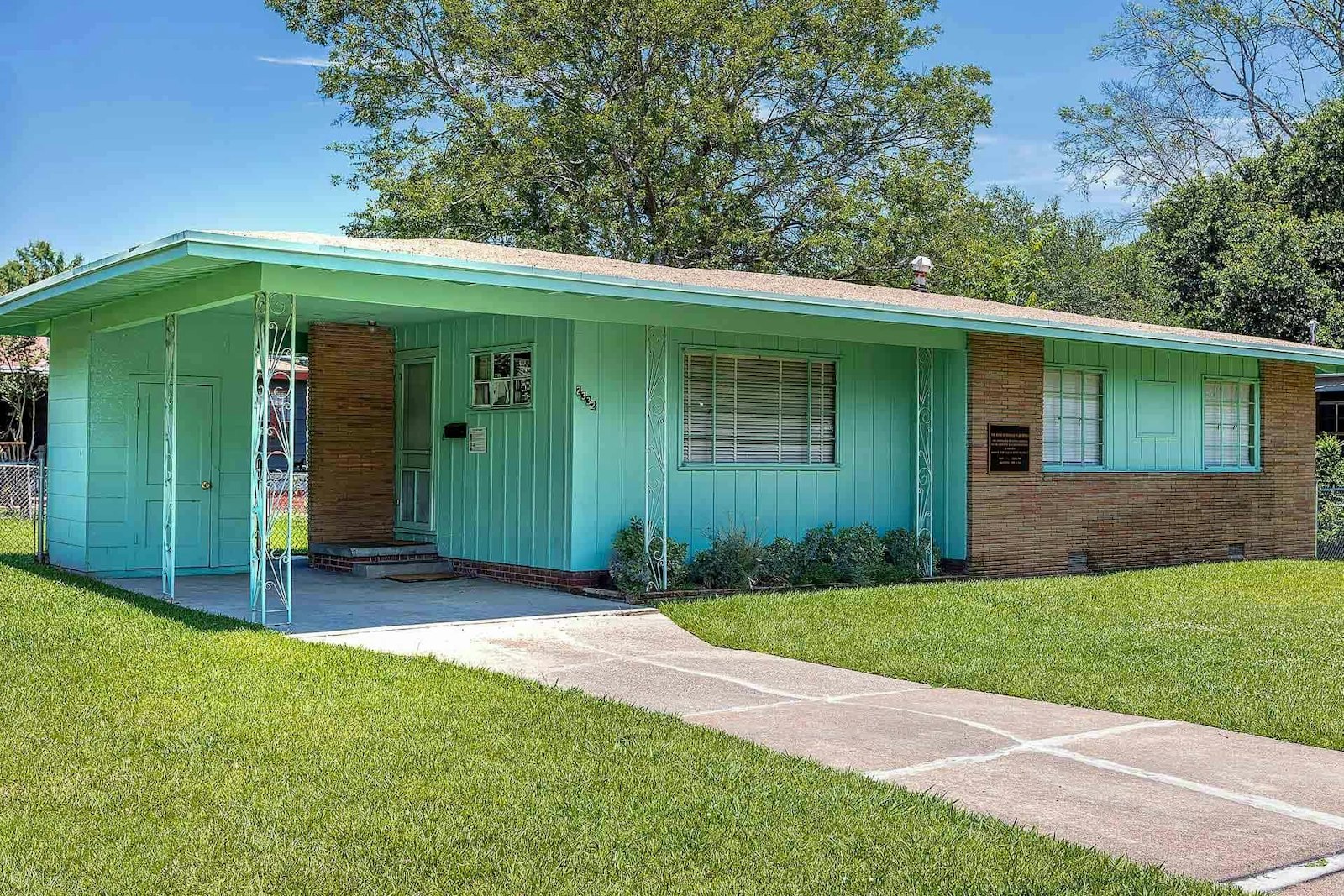
Within the system, there are 63 sites that include “National Park” as part of their proper name such as Acadia, Everglades, Grand Canyon, and Yellowstone. Though world-renowned for their grandeur and beauty, our national treasures encompass far more than these 63 sites. They include landscapes and historical narratives within areas that interpret our nation’s past, and cultural and recreation areas that stretch our minds and bodies to learn and do more.
The system is comprised of 20 national park types that fall under the protection of the National Park Service to preserve, unimpaired, for this and future generations. These designations include:
National Battlefields (11)
A wide variety of titles are used in designations for places associated with American military history, including national battlefields, national battlefield parks, national battlefield sites, and national military parks. Other types of parks, like national monuments or national historical parks, can also include features associated with American military history.
National Battlefield Parks (4)
National Battlefield Site (1)
National Military Parks (9)
National Historical Parks (63)

Places designated as national historical parks are like those designated national historic sites (see below) in that they are preserved or restored places that commemorate important persons or events in American history. However, national historical parks are commonly larger physical areas and may involve more complexity than a national historic site.
National Historic Sites (74)
Recently, the designation of national historic site has been the most common title Congress applies when authorizing places that commemorate persons and events important in the nation’s history as part of the National Park System. Historic areas are customarily preserved or restored to reflect their appearance during the period of their greatest historical significance, such as Manzanar National Historic Site, whose reconstructed facilities help visitors get a glimpse at what life was like at the relocation center during World War II, or Eleanor Roosevelt National Historic Site, where the furnishings of Val-Kill Cottage reflect the way the cottage appeared in the later years of Mrs. Roosevelt’s life.
International Historic Sites (1)
The lone international historic site, Saint Croix Island, refers to a site relevant to both U.S. and Canadian history.
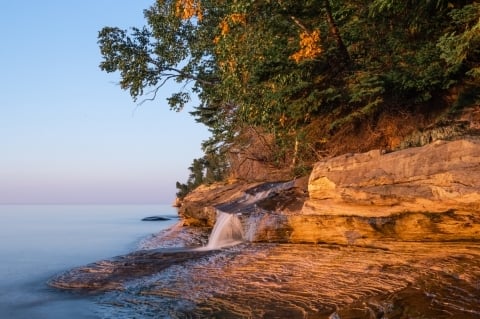
National Lakeshores (3)
Focused on both providing water-oriented recreation opportunities as well as the preservation of areas and offshore islands, national lakeshores can be established on any natural freshwater lake, though most are located on the Great Lakes.
National Memorials (31)
National memorials are primarily commemorative sites, a structure or site that marks an important event or person. Sites like Thaddeus Kosciusko National Memorial, the smallest unit in the National Park Service, and the iconic Lincoln Memorial in the nation’s capital, honor the life and legacy of individuals, while sites like De Soto National Memorial and Flight 93 National Memorial commemorate a specific event.
National Monuments (84)
Sites designated as national monuments are usually smaller than a national park. Intended to preserve at least one nationally significant resource, such as Aztec Ruins National Monument, which preserves a 900-year-old ancestral Pueblo Great House in New Mexico, California’s Lava Beds National Monument, which protects the land shaped by the Medicine Lake volcano, or Pullman National Monument in Chicago, which preserves the story of one of the first planned industrial communities.
National Parks (63)
Generally, a national park contains a variety of resources, encompassing large areas of land or water. Their designation as a national park helps provide adequate protection of the area’s resources, and enforces restrictions on the public’s use of the lands to maintain the park’s resources.
National Parkways (4)
Ribbons of land flanking roadways and offering scenic views are designated national parkways. Though there are four national parkways currently in the National Park System, other units also include parkways within their park boundaries.
National Preserves (19)
Established for the protection of certain resources, national preserves have less restrictions on the use of the lands than national parks, as long as the activities do not disturb the land’s natural values. Big Cypress and Big Thicket were the first authorized national preserves, designated in 1974.
National Reserves (2)
Similar to national preserves (above), national reserves protect certain resources as well. However, management of national reserves like City of Rocks may be transferred to local or state authorities.
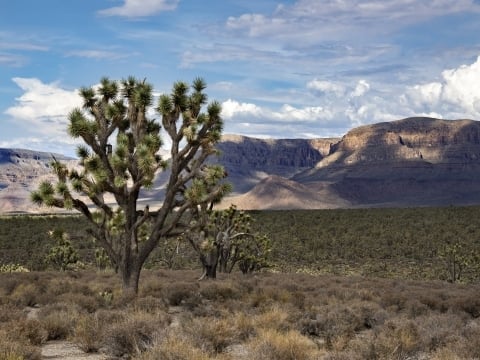
National Recreation Areas (18)
Originally units that were surrounding reservoirs impounded by dams built by other federal agencies, the concept of a national recreation area has grown to encompass other land and water areas set aside for recreational use by acts of Congress. Some of the first national recreation areas, like Chickasaw, were managed by NPS under cooperative agreements. Today, there are also national recreation areas like Hells Canyon and Sawtooth that are administered by the Forest Service, part of the U.S. Department of Agriculture.
National Rivers (4)
Sites designated as national rivers preserve free-flowing streams and their immediate environment with at least one remarkable natural, cultural, or recreational value. National rivers and sites designated as wild and scenic riverways (see below) must naturally flow without major alteration of the waterway and provide recreational opportunities like canoeing and hiking.
National Scenic Trails (6)
National scenic trails are generally long-distance footpaths winding through areas of natural beauty. Five of the six national scenic trails run through multiple states, with the Appalachian National Scenic Trail covering 14 states!
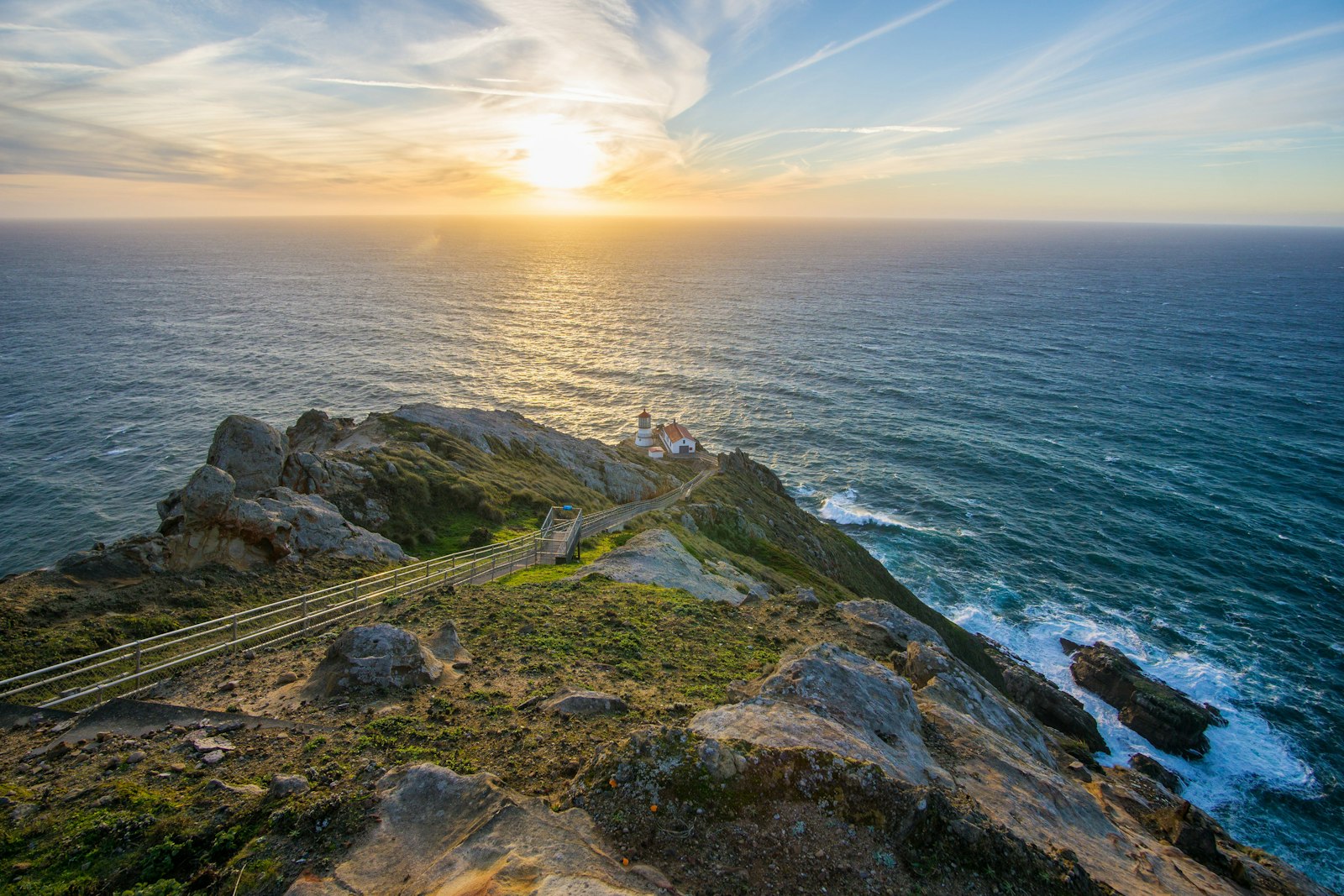
National Seashores (10)
Like national lakeshores, national seashores preserve shoreline areas and offshore islands. Located on the Atlantic, Gulf, and Pacific coasts, national seashores preserve natural resources while providing visitors with on-the-water fun.
National Wild and Scenic Rivers and Riverways (10)
Like national rivers, national wild and scenic rivers and riverways preserve both the naturally flowing streams and their immediate environment. National wild and scenic rivers and riverways, like Bluestone National Scenic River in West Virginia and Tennessee’s Obed Wild & Scenic River have great natural and cultural value, and their designation preserves both the natural resources around the river and stories of those who lived and worked along the rivers.
Other Designations (11)
Though it may seem like the designations listed above cover every site, there are special sites within the National Park System that are designated otherwise. Places like Wolf Trap National Park for the Performing Arts, the parks along our National Mall and Memorial Parks, and even the White House fall into this “other designations” category.
Discover the wonder of a national park near you – with over 400 places for you to find your park, there is always something new to explore! These places belong to us all, and we all have a place in them. The National Park Foundation is committed to ensure that more people can discover their own connections to our parks, because national parks don’t just stand for where America has been – they inspire where we go next.